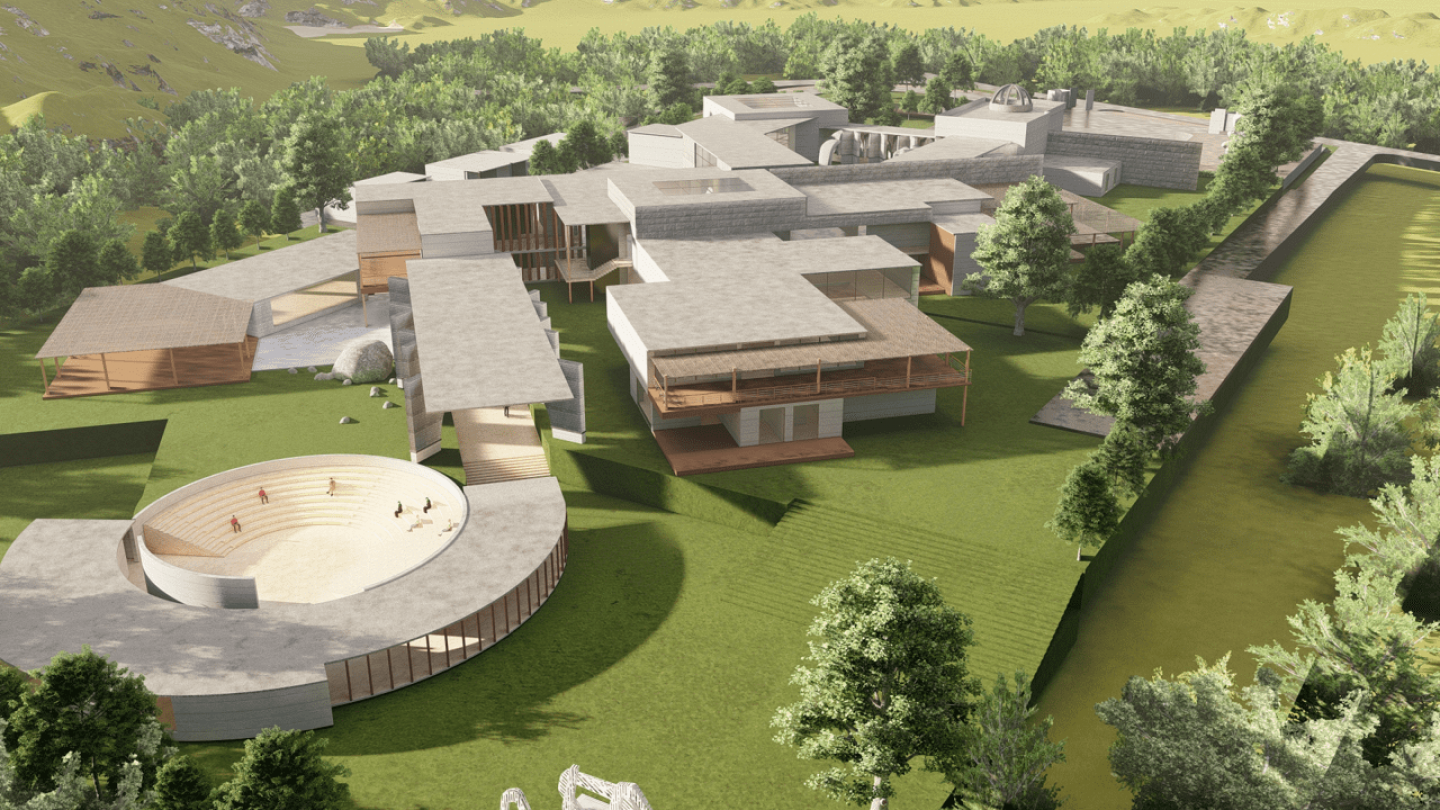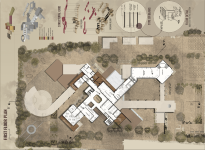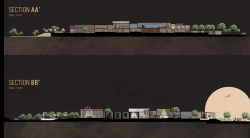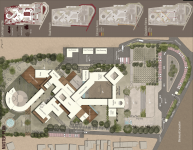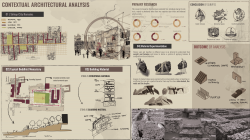“If we are to preserve culture, we must continue to create it.” - Johan Huizinga, Dutch Historian
Taxila has been renowned for its cultural diversity, and co-existence of multiple traditions but especially for its skilled labor. It has been a central hub of arts and philosophical intellect and marked history with its unique stonework and handicrafts that are now on the verge of extinction. This is due to a lack of preservation and revival of these crafts. Cultural heritage is central to “protecting” our sense of who we are. These cultures and traditions to a huge part are demonstrated through craftsmanship where handicrafts serve not only as a tourist attraction and as an economic advance, but they also preserve a place’s local heritage within them. As time passed by, there has been a minimal attraction towards Taxila’s handicrafts, and the traditional practices are less transmitted from generation to generation, mainly due to a lack of variation and poor quality of products. The number of craftsmen pursuing this work is decreasing, putting the conservation of local patrimony into difficulty, eventually resulting in the extinction of these skills, poverty, and decreased job opportunities for the people of Taxila. To analyse the severity of the problem identified, a qualitative approach was adopted focusing on interviews and surveys from craftsmen. The findings highlighted issues such as no formal display areas to showcase work produced, lack of interactive spaces generating a dialogue between artisans and the locals, and absence of training facilities to revive the interest of youth towards these precious crafts. This thesis aims to solve the above-mentioned problems by proposing a social hub in Taxila. It explores how procession in architecture could be used as a medium to encourage both economic and cultural revitalization in a community.
2023
This project aims to promote social empowerment and sustainable means of earning through local heritage, both tangible and intangible. Therefore, the proposed social hub tends to bring the community together by building on their goals and visions, using design principles such as movement, integrating spaces, connectivity, etc. It features interactive spaces where the craftsmen can congregate to develop skills, as well as exchange knowledge. Creating nodes where members of the community can gather and feel connected to each other while cultivating local crafts, will create a sense of empowerment in the artisans to go out into the community and stimulate positive economic and social change. Lying in close vicinity to the Heritage Museum and a UNESCO site it was necessary to develop a relationship of the building with its immediate context and the locals. To achieve this, the building was cladded with locally available materials i.e., taxila stone and grey taxila marble with a frame structure and isolated footing. In terms of landscaping, locally available trees such as Maple, Sheeshum, Sukh Chain, and Jacaranda were used. All these elements combined to create a sense of familiarity amongst people both through architecture and landscaping.
Final Year Bachelors Thesis - 2023
Student Name: Zainab Farooq
Supervisor Name: Mian Muhammad Naseer
